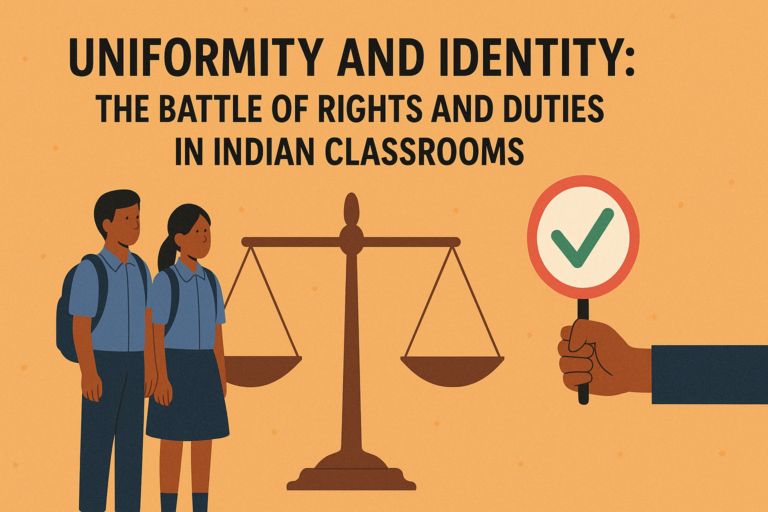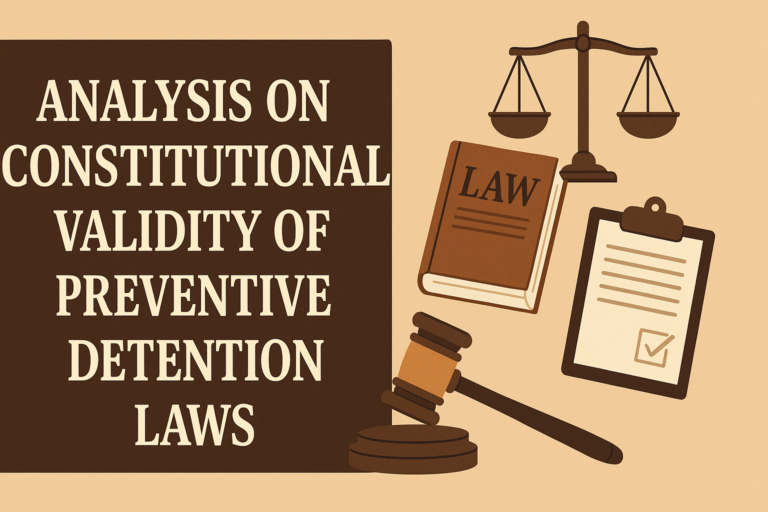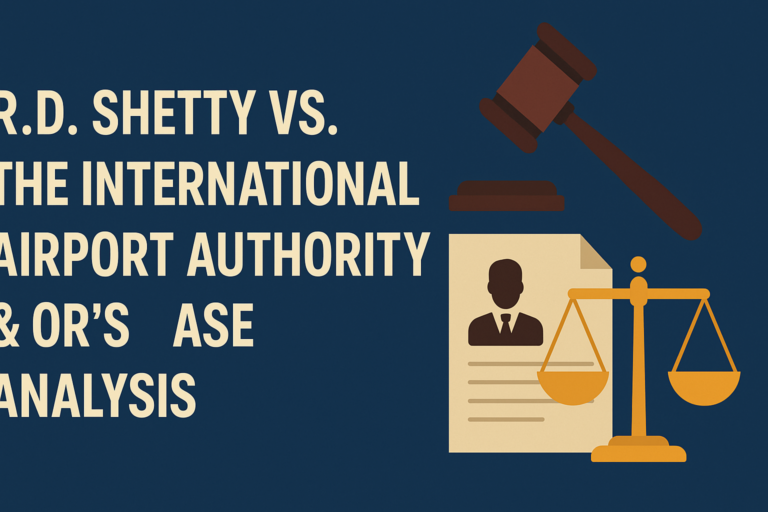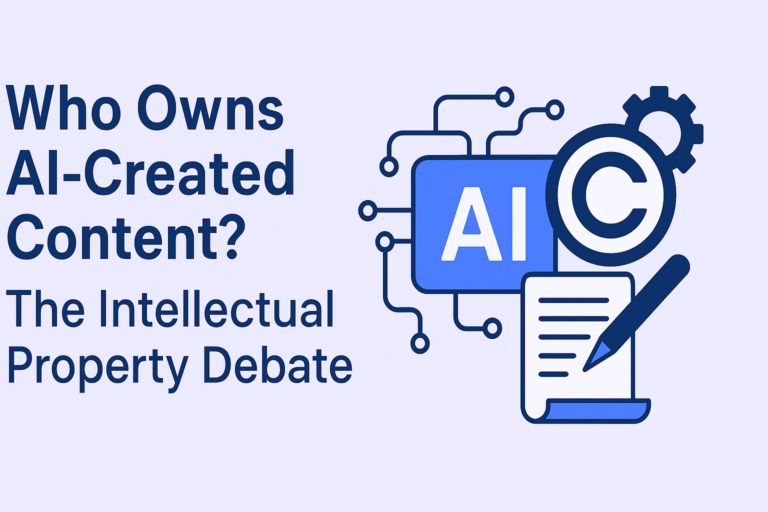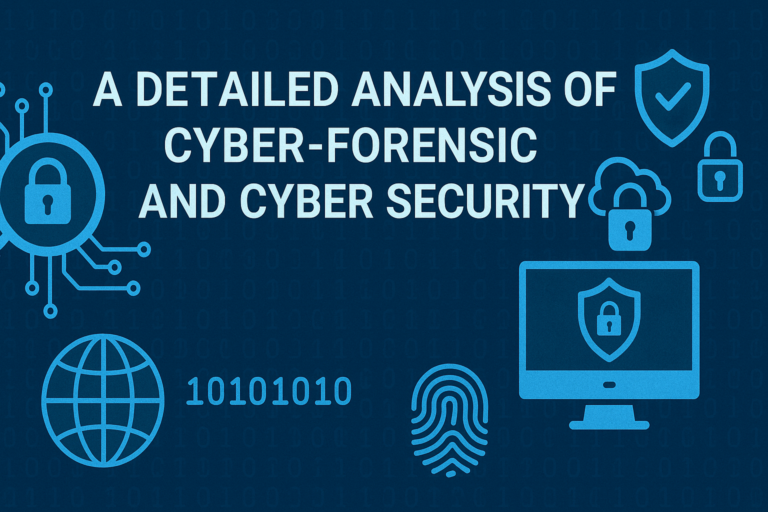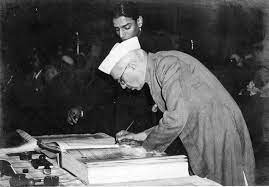
This article has been written by Abdul Basit Kudalkar (graduated from Mumbai University)

Introduction
The term ‘interpretation’ is derived from the Latin word ‘interpretari’ — to explain or understand. In a legal context, interpretation is a process of understanding the meaning of a written document like constitution, will, or statute as intended by its farmer(s). The Indian judiciary interprets the intent of the legislature behind a particular statute. There are certain principles of interpretation followed by the courts for the same.
The Constitution of India adopted in 1950 is the base for all the other laws in the country. It was finalized after a long discussion and debate of the Constituent Assembly. It is important that the spirit of the Constitution as envisioned by them is safeguarded. The Courts have the authority to interpret the Constitution like other statutes. The spirit of the Constitution is derived from the language of the constitution itself to which the court applies its judicial mind and clears any present ambiguity.
Since the enactment of the Constitution, the judiciary has devised and applied a few doctrines for its interpretation. Some doctrines and relevant case laws are discussed below.
Doctrine of Eclipse
Article 13(1) declares, that any law(s) enacted before the commencement of the Constitution if inconsistent with the provisions of Part III of the Constitution, is void to the extent of the inconsistency. Further Art. 13(2) states that the State shall not make laws taking away or violating the Fundamental Rights given in Part III. Laws contravening it will be void to the point of such contravention. This is known as the Doctrine of Eclipse wherein a statute violating Part III is declared to be ineffective to the extent of the violation. This could mean certain provision(s) of the statute or even the whole statute can be held as void and unconstitutional.
The Supreme Court held in Mahendra Lal Jaini v. State of UP to apply the doctrine to pre-constitution laws and not to post-constitution ones. In the case of Deep Chand v. State of UP, the topmost court observed the following about the invocation of the doctrine: the law was valid when made but after the adoption of the Constitution, it was found as a violation of the constitutional provisions, therefore a shadow is cast on it.
Doctrine of Repugnancy
The Constitution has distributed the law making powers of the Union and the State Legislature(s). Both the legislatures can make laws on the subjects mentioned under their respective Lists given in the Seventh Schedule. Besides the Union and the State List subjects, there are certain subjects on which the Parliament as well as the State Legislatures can make laws which are listed in the Concurrent List. As both have the power to make laws on those subjects there is a possibility of inconsistent enactments.
Art. 254(1) says that in case of such conflict, the central law prevails over the state law which becomes void to the extent of the conflict. This happens if the inconsistency between the central and the state legislation is irreconcilable. Moreover, both the statutes deal with the same subject because of which only one can survive, which according to the Constitution is the Central Act.
There is an exception to this repugnancy between the two laws of the respective legislatures given in Art. 254(2). If the President has given the assent to the state legislation for being applicable in the particular state it is effective in that state over the conflicting central legislation. However, the Parliament is competent to override the law by bringing a new one on the same subject for such state.
In Girnar Traders v. State of Maharashtra, the Court remarked about the question of repugnancy arising only when both the legislatures are empowered to legislate in the same field.
Doctrine of Pith and Substance
An enactment of one legislature may possibly touch upon the subject within the domain of another legislature. This does not makes the act invalid. The court has to decide whether such a law is a legislation under the entries of the List allocated to that legislature only or is a law enacted under any other entry in another List in which that legislature is not competent to enact the law. The doctrine to solve this question is known as pith and substance.
The Privy Council in Prafulla Kumar Mukherjee case held that overlapping of the subjects of the legislatures is bound to happen. In such a situation, the enactment in question must be taken as a whole to determine its true character and effects. The invasion of legislature into a territory it has no authority to legislate is a question of substance and decided accordingly. The law does not becomes invalid because of the invasion if the pith and substance of the legislation is within its jurisdiction.
In the State of Bombay v. F N Balsara, the Supreme Court upheld an Act of the state legislature and observed that the state legislature is authorised to make laws for the subjects in the State List even if a part of the subject is in the Union List.
Doctrine of Prospective Overruling
This doctrine was laid down by the Supreme Court in the landmark judgement of I C Golaknath v. State of Punjab. The apex court specifically applies it for the validity of constitutional amendments.
The view of Chief Justice Subba Rao can be summarised as follows: the Constitution guarantees protection against violation of fundamental rights whether through an act or even constitutional amendment. A minor amendment of certain Articles also requires a certain majority of states to ratify it. Similarly, an amendment in fundamental right cannot take place arbitrarily. The process of amendment is given in Article 368 while the power of the Centre to amend is stated in Article 248. He further included constitutional law is in the definition of law under Article 13(2). Therefore, a constitutional amendment depriving fundamental rights to citizens is in contravention of Part III. This means the Parliament is not authorised to amend the fundamental rights against the laid procedure of the Constitution.
The majority judges declared the doctrine to be prospective in nature, making it applicable to future cases. This means any arbitrary amendment done in Part III until the day of this judgement remain valid.
Doctrine of Severability
This doctrine was well explained in RMD Chamarbaugwala v. Union of India. A particular part of an act in question over its constitutionality when held invalid will only be severed. That part alone shall be declared as unconstitutional while the rest of the enactment will remain constitutional. Where the whole statute is said to be invalid it will eventually become unconstitutional. This is implied by the doctrine of severability.
The Supreme Court remarked in the judgment of A K Gopalan v. State of Madras regarding repugnancy of an Act to the Constitution. The conflicting provisions of such Act will be void and not the whole Act. The invalid part may be severed if its omission will have no change in the nature or structure of the object of the legislation.
Conclusion
These are a few doctrines useful in interpretation of the constitutional provisions. The Supreme Court applies them while deciding cases of constitutional interpretation or substantial question of law under Article 145(3). The case laws given in elaboration to these doctrines further explain their application. There are some more doctrines that will be explained in a future post.

